In the modern world of aviation, the term ‘avionics’ refers to the electronic systems used in aircraft, satellites, and spacecraft. This encompasses navigation, communication, monitoring, flight control systems, collision avoidance, black boxes, and even the entertainment systems. Given their significance, the effective troubleshooting and maintenance of these systems are pivotal for flight safety and efficiency. This article delves deep into the realms of avionics troubleshooting and its maintenance, elucidating on the key facets that avionics technicians, pilots, and even aviation enthusiasts must be acquainted with.
Avionics Troubleshooting and Maintenance

1. Importance of Avionics Maintenance and Troubleshooting
The fundamental reason for the rigorous maintenance and swift troubleshooting of avionics is safety. In-flight avionic system failures can lead to catastrophic results. Regular preventive maintenance can preempt potential failures, while adept troubleshooting can rectify faults that arise.
Additionally, consistent maintenance ensures:
- Extended lifespan of avionic equipment.
- Reduced overall repair costs by catching issues early.
- Compliance with regulatory requirements and standards.
- Enhanced reliability of avionic systems.
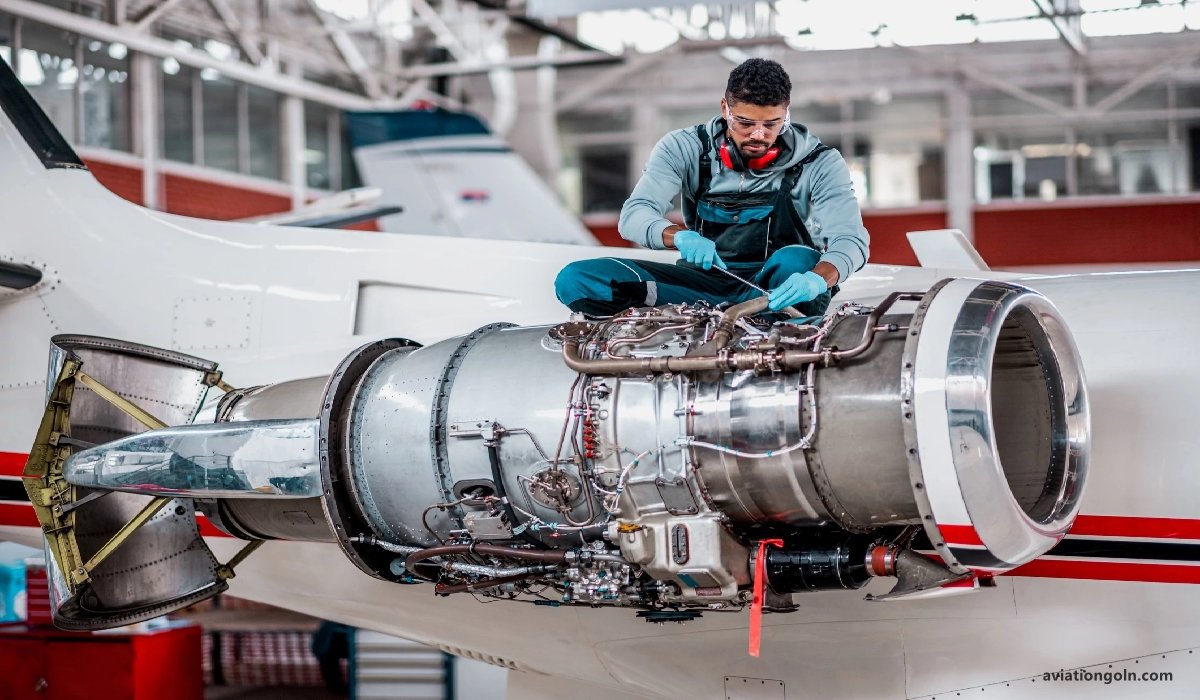
2. Common Avionics Issues and Their Symptoms
Being able to identify symptoms of malfunctioning avionic systems is the first step in troubleshooting. Some common signs include:
- Display Failures: Blank screens, garbled data, or flickering.
- Navigation Errors: Mismatched data between instruments or faulty position data.
- Communication Interruptions: Static noises, weak transmissions, or total loss of communication.
- Autopilot Malfunctions: Inability to engage, erratic behavior, or uncommanded actions.
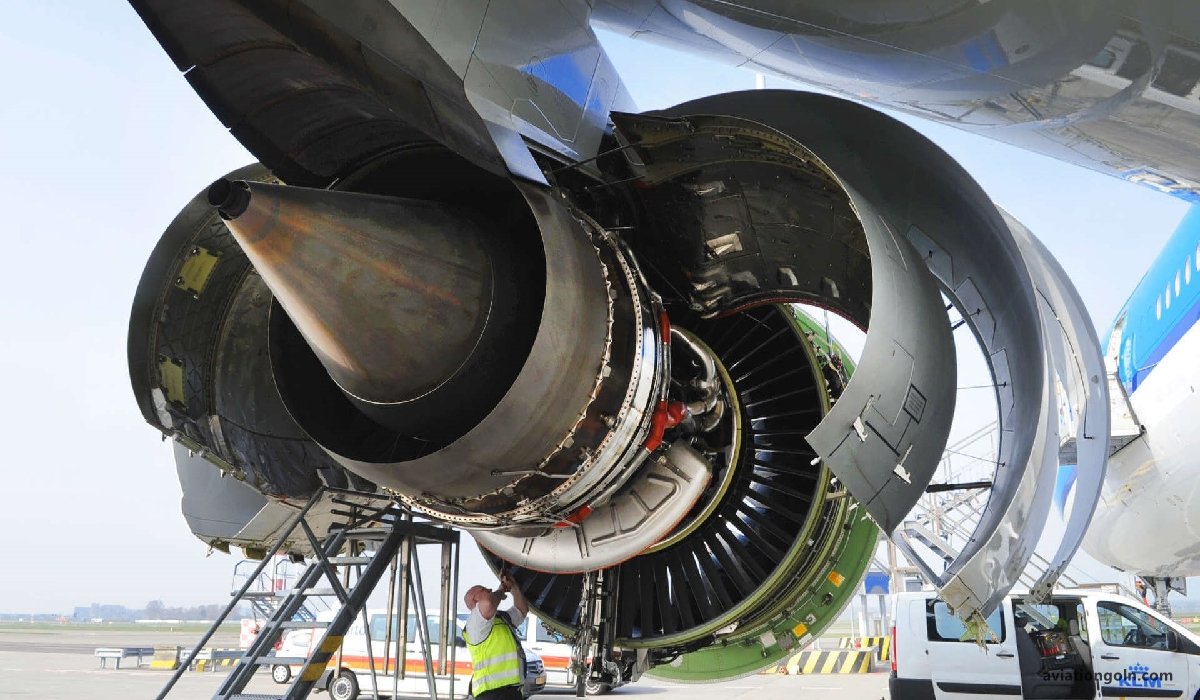
3. Steps in Avionics Troubleshooting
a. Problem Identification: Before one can fix an issue, it’s essential to know what the problem is. This involves listening to the pilots’ complaints, observing error messages, and reviewing any unusual system behaviors.
b. Reference Technical Manuals: Avionics systems come with comprehensive manuals detailing system operations, error codes, and potential solutions. Referring to these can provide insights into possible issues.
c. Visual Inspection: Many times, the problem can be as simple as a loose connector, frayed wire, or visible damage. A thorough visual check is a basic yet crucial step.
d. Software Check: Ensuring that the avionic system’s software is up to date is vital. Sometimes, issues arise due to outdated software or corrupted files.
e. Component Testing: Using specialized equipment, technicians can test individual components for malfunctions.
f. Replacement and Verification: If a faulty component is identified, replacing it and then verifying the system’s functionality is essential.

4. Tools and Equipment for Troubleshooting
Modern avionics troubleshooting employs a range of advanced tools:
- Multimeters: Measure electrical values and help identify electrical problems.
- Oscilloscopes: Visualize waveforms of electrical signals.
- Signal Generators: Produce standard test signals for system verification.
- Avionics Test Equipment: Specialized tools designed for specific aircraft or systems, providing simulations and diagnostics.

5. Maintenance Types
a. Preventive Maintenance: This routine check, often done during scheduled inspections, aims to prevent potential issues. It includes cleaning, software updates, and parts replacement due to wear and tear.
b. Corrective Maintenance: When a system fault is detected, corrective maintenance is performed to rectify it.
c. Predictive Maintenance: Advanced aircraft employ health-monitoring systems that predict potential failures, allowing maintenance to be performed proactively.
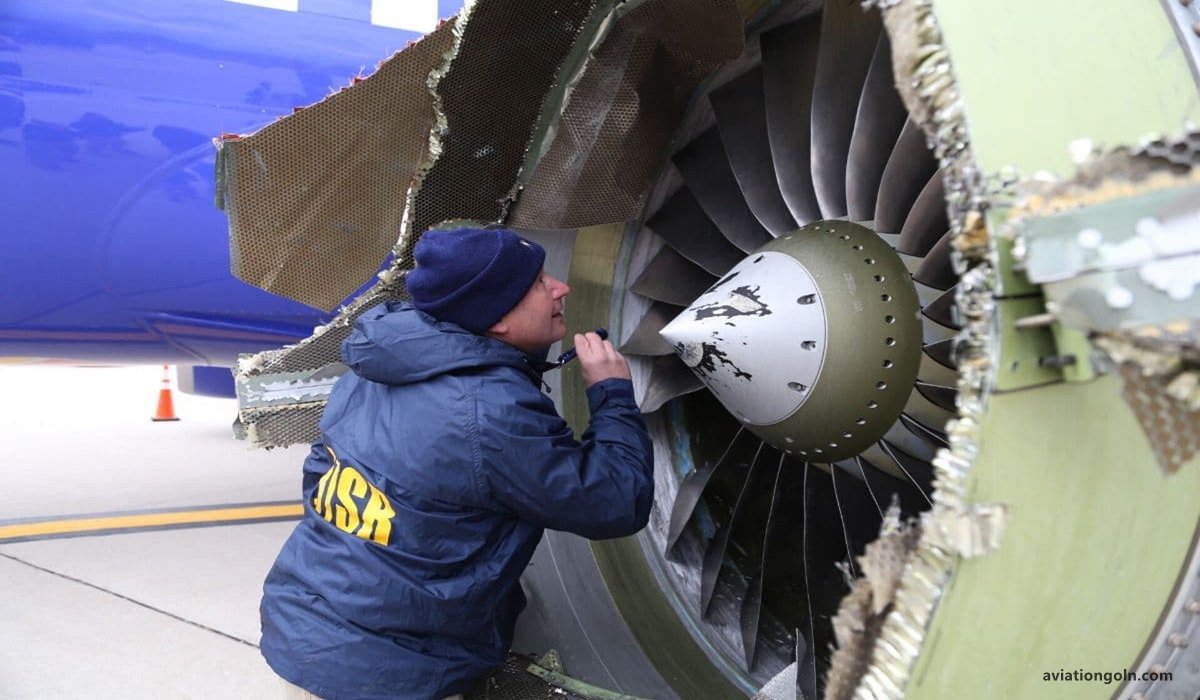
6. Avionics Software Maintenance
In our digital age, hardware isn’t the only concern. Regularly updating avionics software ensures:
- Enhanced system performance.
- New features and improvements.
- Bug fixes.
- Adherence to new regulations.
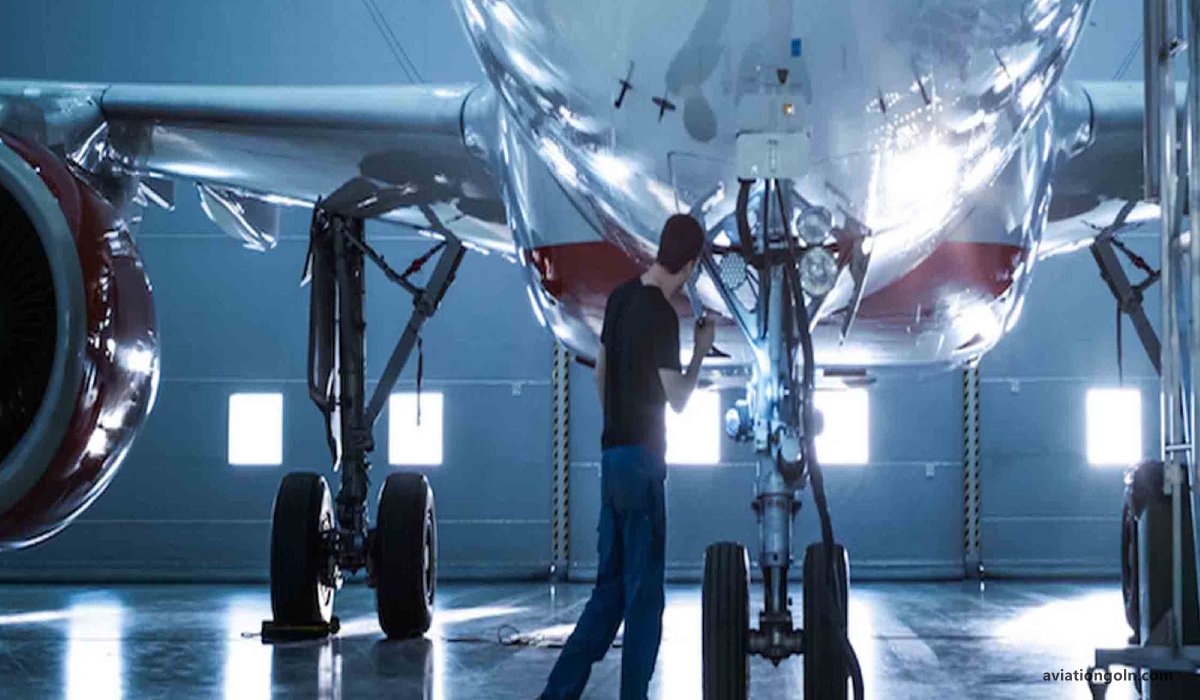
7. Importance of Proper Documentation
Every maintenance action, no matter how minor, should be documented. This provides:
- A maintenance history for each aircraft.
- Legal compliance.
- Essential data for troubleshooting future issues.
- Information for predictive maintenance algorithms.
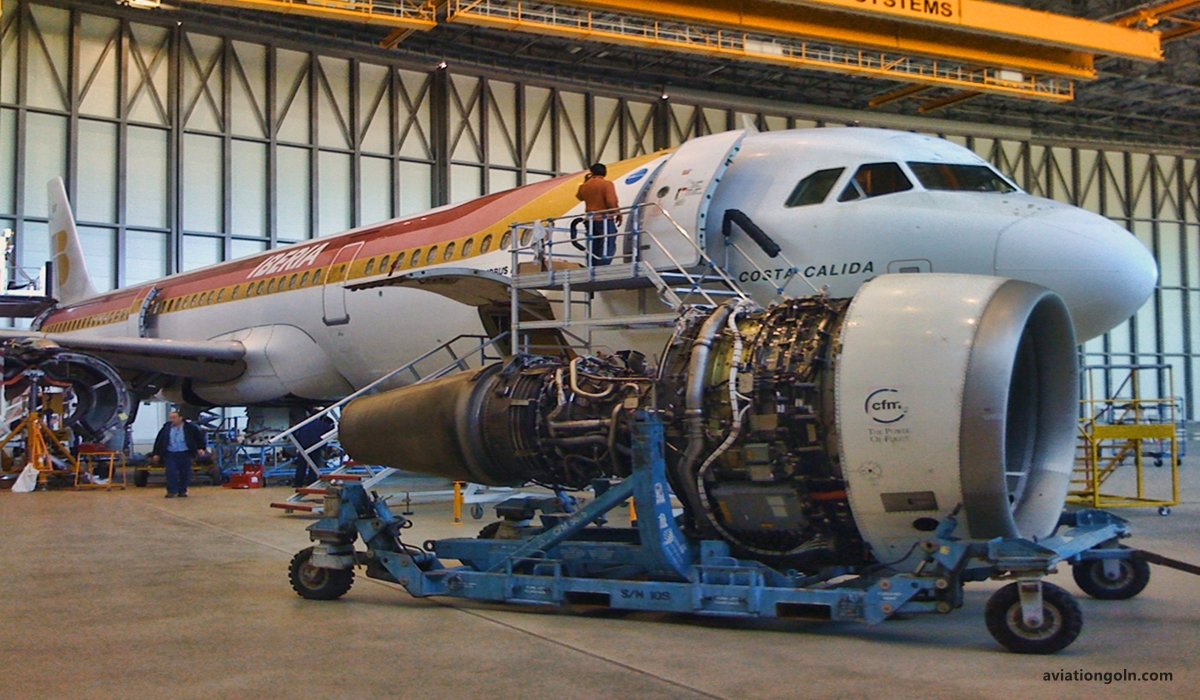
8. Training and Continuous Learning
Avionics systems are continuously evolving. For technicians, consistent training ensures they remain updated about the latest systems, tools, and troubleshooting techniques.

9. Regulatory Compliance
Various regulatory bodies, like the FAA in the U.S., have set standards for avionic system maintenance. Adhering to these standards ensures the safety and airworthiness of the aircraft.

10. Future Trends in Avionics Maintenance
With the rise of AI and advanced diagnostics, the future holds:
- Augmented Reality (AR) Systems: Assisting technicians in real-time troubleshooting.
- Advanced Predictive Maintenance: Utilizing AI algorithms for enhanced accuracy in predicting failures.
- Remote Diagnostics: Experts from around the world can assist in troubleshooting without being physically present.

Avionics troubleshooting and maintenance form the cornerstone of modern aviation safety. As the aviation sector continues to grow, so does the complexity and sophistication of avionic systems. Thus, the demand for adept avionic technicians, armed with the latest tools and knowledge, will forever remain pivotal. As aircraft become increasingly reliant on electronic systems, the importance of effective troubleshooting and maintenance will only amplify, making it a perennially relevant subject in the aviation industry.
See more:
